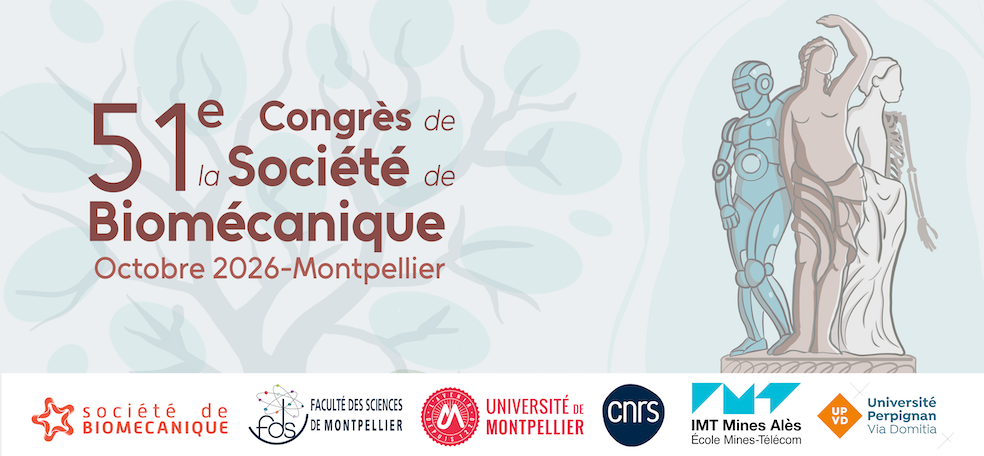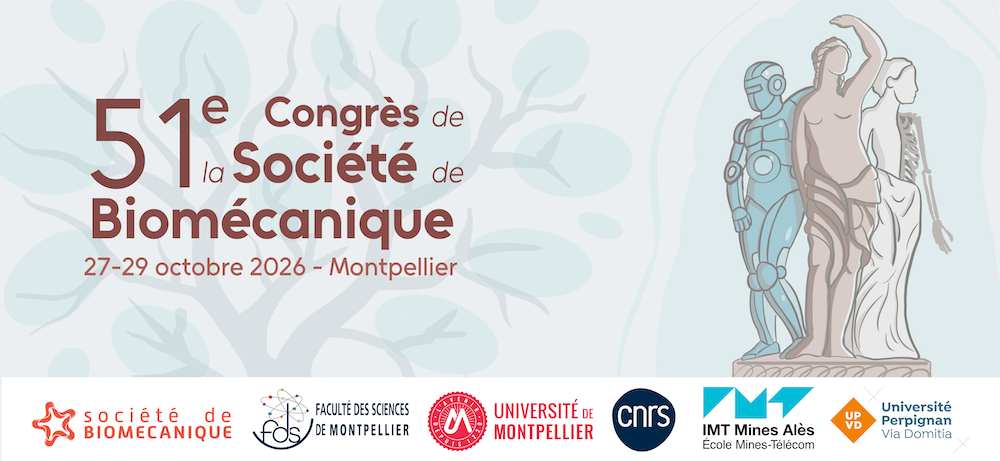Sadly, we must say adieu to Simon Bouisset, one of the fathers of the Société de Biomécanique.
A few words from Chantal PÉROT, the eldest granddaughter in his scientific family...
In the French-speaking scientific community, the name Simon Bouisset was synonymous with the Société de Biomécanique.
Simon was not only one of the founding members of the SB he was, above all, the person who, with Léon Lewillie, poured his energy into bringing this learned society to life in 1975. Nearly 45 years later, Simon’s commitment to the SB had not wavered; he was never short of new ideas. In recent years, I worked with Simon to ensure the timely publication of the booklet Livret des pionniers en Biomécanique [Pioneers in Biomechanics], a project he attached great importance to. For Simon, this booklet was for ‘the youngsters’; he wanted the newest generation of biomechanics to have access to the ideas and work of the pioneers.
If I try to define Simon in a few words I think about his natural elegance, his unlimited intellectual curiosity, total determination, perhaps an iron hand in a velvet glove, and an ongoing desire to share his knowledge and educate.
I started my career with Simon in Lille in the 1970s, and I will never forget how he enriched my life... it’s very difficult for me to talk about him in the past...
A few words from Do MANH CUONG who worked with Simon for many years, first in Lille and then in Orsay
The world of biomechanics will never forget Simon Bouisset. He was the founding father of the discipline in France and, more specifically, initiated work on anticipatory postural adjustments that was adopted and expanded at the international level.
He created the diplôme d'études approfondies [Master of Advanced Studies] in Biomechanics and the Physiology of Movement. At the time, this was the only place in France where the biomechanics of movement in relation to muscle physiology was taught. It attracted participants from all over France, notably physiologists, clinicians, and sports and physical activity students.
Simon Bouisset’s own work, and the research carried out by his many students made it possible to establish biomechanics as both a science and a tool. Discussions with him were always very rich and fruitful. These exchanges, and work on the causality and/ or functionality of anticipatory voluntary movement phenomena have had an impact in the domains of both sport and rehabilitation.
Simon Bouisset was not only a pioneer of new ideas, but he also cared about his staff, whether researchers, lecturers or technicians.
Below is the short CV that Simon prepared for the Booklet Histoire de la SB
Simon Bouisset was born in 1929. After studying Physical Sciences, he defended his thesis in 1956 (Le piézodynamographe, son application aux études de biomécanique humaine [The piezo dynamic graph and its application to human biomechanical studies]), before qualifying as a CNAM Engineer (Scientific Labour Organization) in 1957. From 1953 to 1959, he was an intern, associate, then research fellow at the CNRS (Centre d’Études Scientifique de l’Homme, Paris) and, at the same time assistant, then Head of Occupational Physiology at the CNAM (1955–1959). In 1959, he was appointed Professor of Animal Physiology at the University of Lille I, where he set up the Animal Physiology teaching programme and launched associated research activities. From 1975–1997 he held the position of Professor of Occupational Physiology at the Université Paris-Sud (Orsay). In this capacity, he created the Master’s programme in the Science and Technology of Occupational Physiology, Ergonomics and Applied Physiology (which he directed from 1975 to 1996), together with the DEA and PhD programmes in Biomechanics and the Physiology of Movement (1981–1996). Initially Director of the Movement Physiology Laboratory (from 1975) and URA CNRS 631 (from 1981 to 94), he went on to direct the Centre de Recherches sur le Mouvement Normal et Pathologique (CRMNP) at Université Paris-Sud (1991–1997). Elected Professor Emeritus at the University of Paris-Sud/ Orsay in 1997, he continued his scientific activities at the UFR STAPS [School of Sport Sciences].
After instigating the Colloques de Biomécanique des Mouvements [Biomechanics of Movement Colloquia], Simon Bouisset was one of the founding members of the Société de Biomécanique. He was initially Secretary General (1977–1979) and President (1980–82 and 1986–91), then a member of the Board. He was also a member of the Board of the International Society of Biomechanics (1973–1981 and 1991–1993), where he chaired and organized the XIV Congress (1993) in Paris. He was a founding member and member of the Board of the International Society of Electrophysiological Kinesiology (1968) and one of the founding members, and the first Secretary General of the Société d’Ergonomie de Langue française in 1963.
Simon Bouisset has authored more than 200 texts and articles in international publications on biomechanical constants in the human body, the mechanical properties of muscle in situ, electromyography, and muscle synergies of simple and complex movements. His current research focuses on the dynamic relationships between posture and movement. He is the author of several textbooks, including: Postures et mouvements (in Scherrer, J., Précis de Physiologie du Travail, Masson, 1981 (2nd edition), pp. 29–105); Muscles, posture et mouvement (with B. Maton) (Hermann, 1996); and Biomécanique et Physiologie du Mouvement (Masson, 2002).
In short, most of Simon Bouisset’s professional career has been devoted to the study of movement, which he approached by combining physiology and biomechanics, and by focusing on as much on fundamental aspects, as medical, ergonomic and sporting applications.




